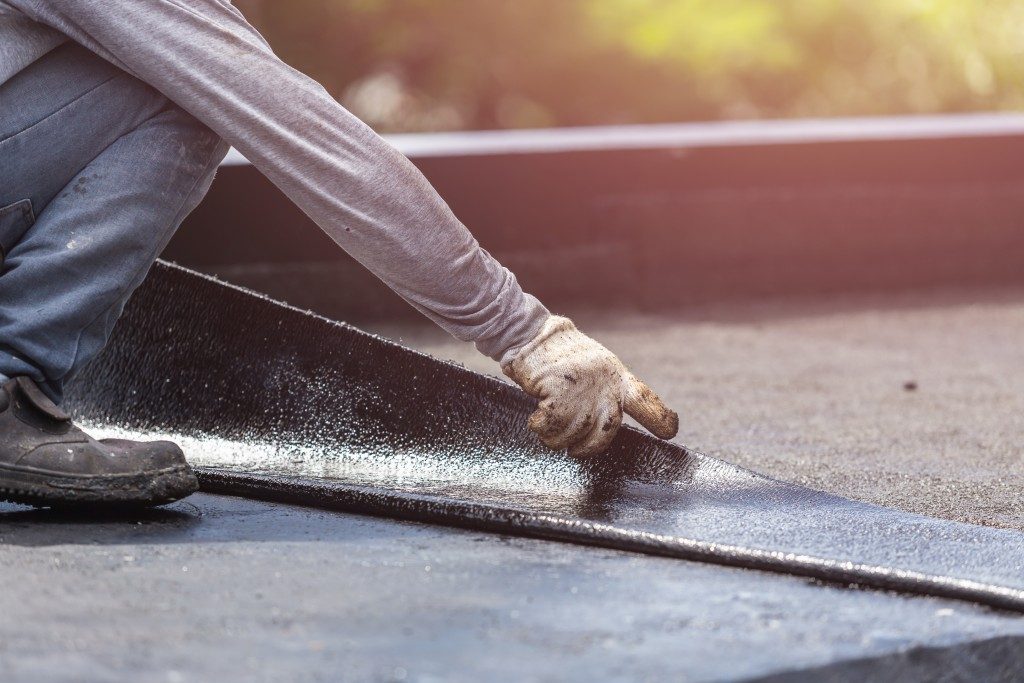The maintenance of our house should definitely be a priority. Our homes should not just provide shelter; it should also symbolize security, safety, and comfort. We no longer look for just a roof over our heads but a haven for all the seasons.
That is why we need to maintain all the areas of the house. We may have a tendency to pay less attention to the parts that we believe are already stable. Sometimes, we end up neglecting the walls, decking systems, flooring and other areas, especially if they are made of concrete.
The reason we invest in concrete is its durability and resistance to the elements. However, even concrete needs attention and maintenance, which is why we should learn about concrete sealing and waterproofing.
Why We Should Waterproof Concrete Surfaces and Flooring
Most construction sites pick the ideal location as those in elevated areas with proper drainage. In this case, however, there is already a scarcity of available options on that regard and settlements in low lying areas near rivers, lakes, and streams also have their own inherent advantages.
The rising water levels require homeowners to have concrete waterproofing procedures. They have the additional problems of contaminants and that can have negative effects on concrete structures and floorings. Even concrete structures in elevated areas will be exposed to moisture, through humidity and high volume rainfall. Any seepage or accumulation of rainwater could result in damage.
The main reason is to prevent moisture from seeping into the house and lot area. It is also needed to protect the structures from water seepage, which can cause structural damage and corrosion.
Concrete is naturally porous, and by its design, water can penetrate it through different methods, including hydrostatic pressure, capillary action, or water vapor gradient. Water can also seep into cracks, any structural defects or deformity, or at the joints if they are not sealed or installed properly.
Even if the structures were expertly designed and properly constructed, they can still deteriorate over time and with constant exposure to various chemicals both inside and outside the structure. That said, we need to seal and waterproof these concrete structures.
Chemical Reactions to Monitor

Aside from moisture and water exposure, there are chemical reactions that we need to monitor. Concrete has innate primary characteristics, which include alkalinity, reactivity, and permeability.
Permeability means fluids can penetrate into the concrete and it can be accompanied by chemical reactions with the cement aggregates or the embedded steel. Alkaline hydrated Portland cement binder can also react with acidic substances. This reaction could result in the eventual disintegration of the concrete.
Several chemicals can be destructive to concrete. These include acid water, aluminum compounds such as aluminum chloride, aluminum sulfate and ammonia vapors like ammonium sulfate and ammonium chloride. They can dissolve the concrete and corrode the steel underneath.
Concrete is often the symbol of hard, tough solids. That is why we associate it with durability and longevity. However, we need to maintain our structures and take steps to protect them. Our concrete floors may look impervious on the surface, but as the experts point out, moisture build-up and chemical reactions can affect their integrity and service life.

